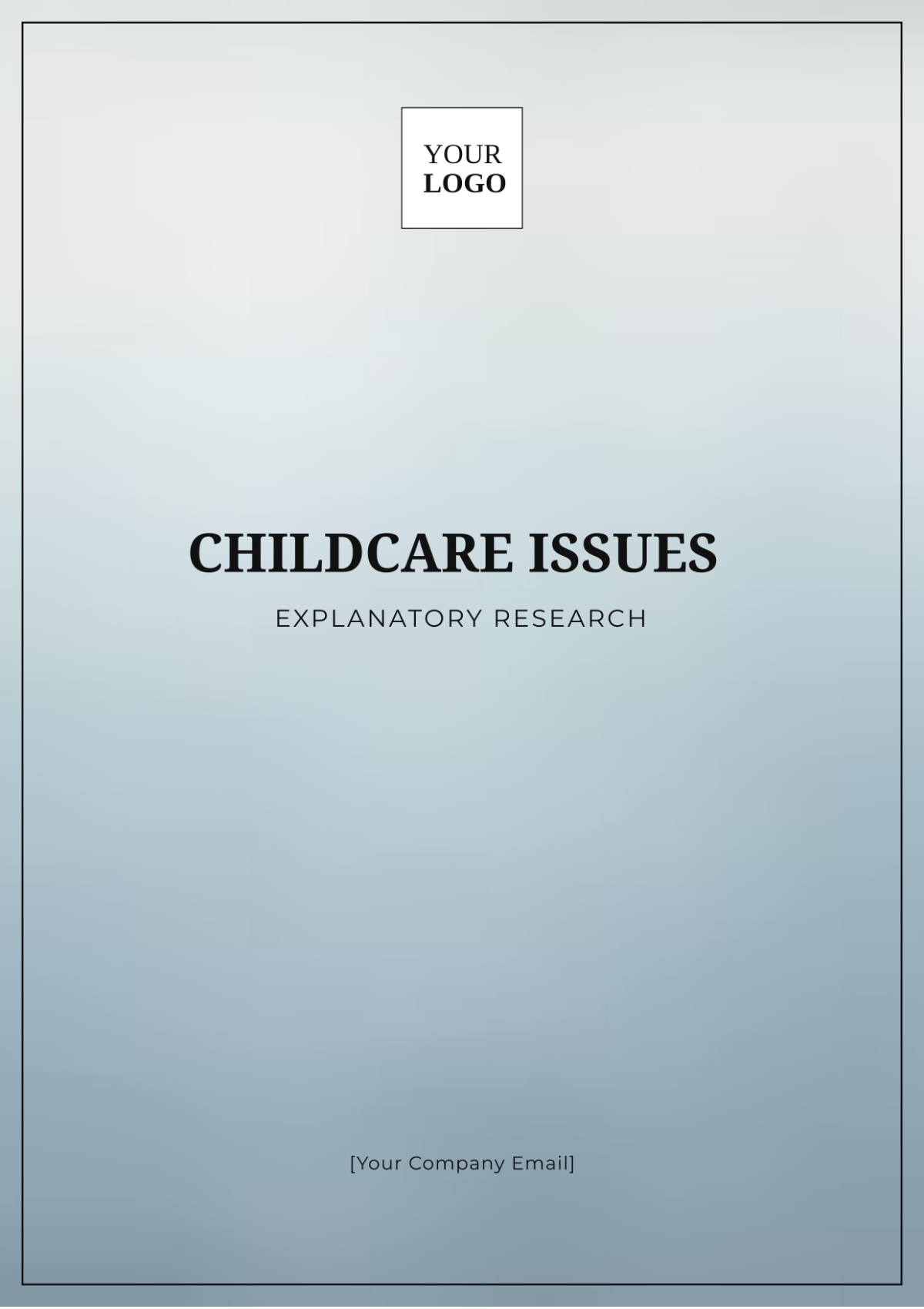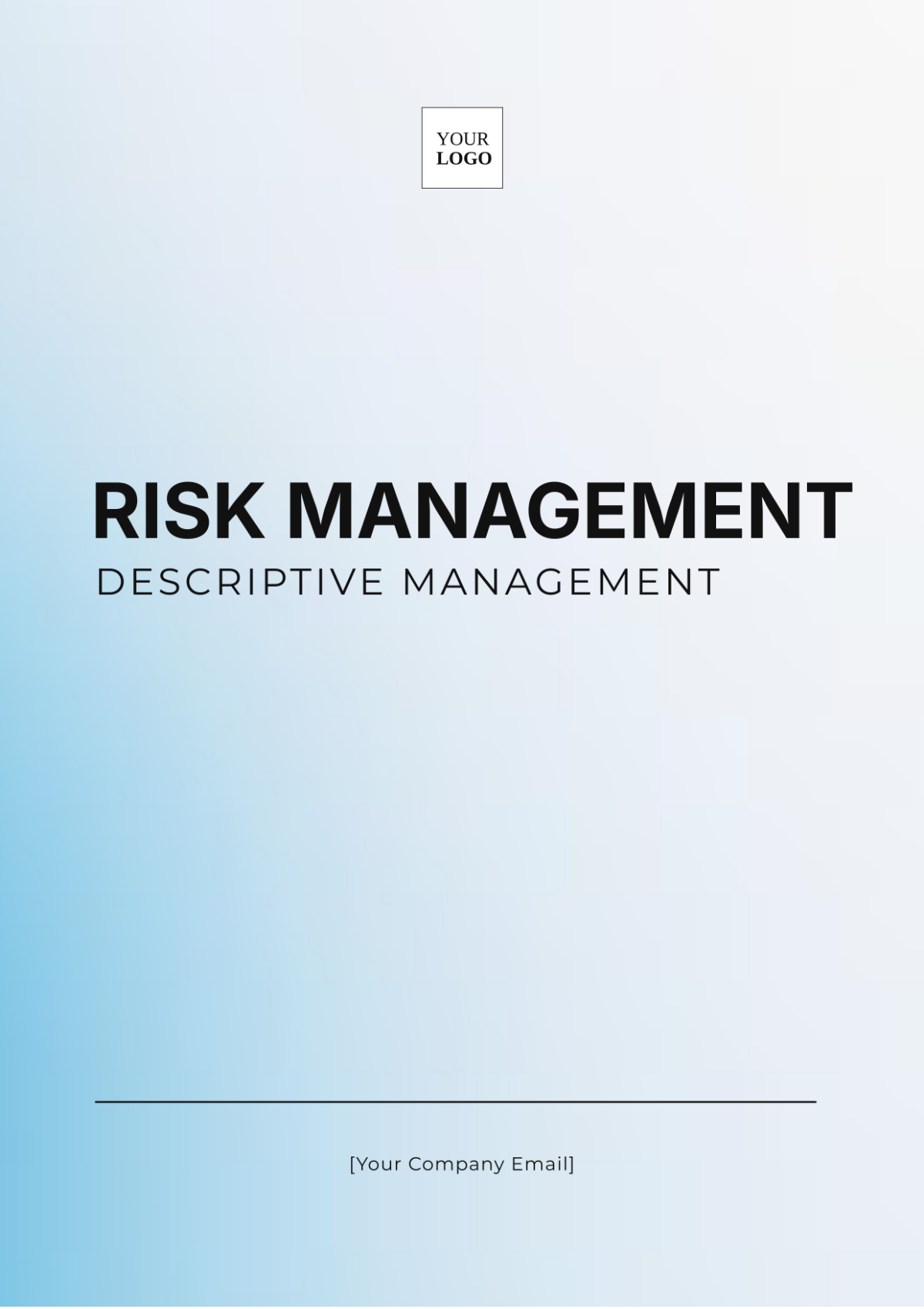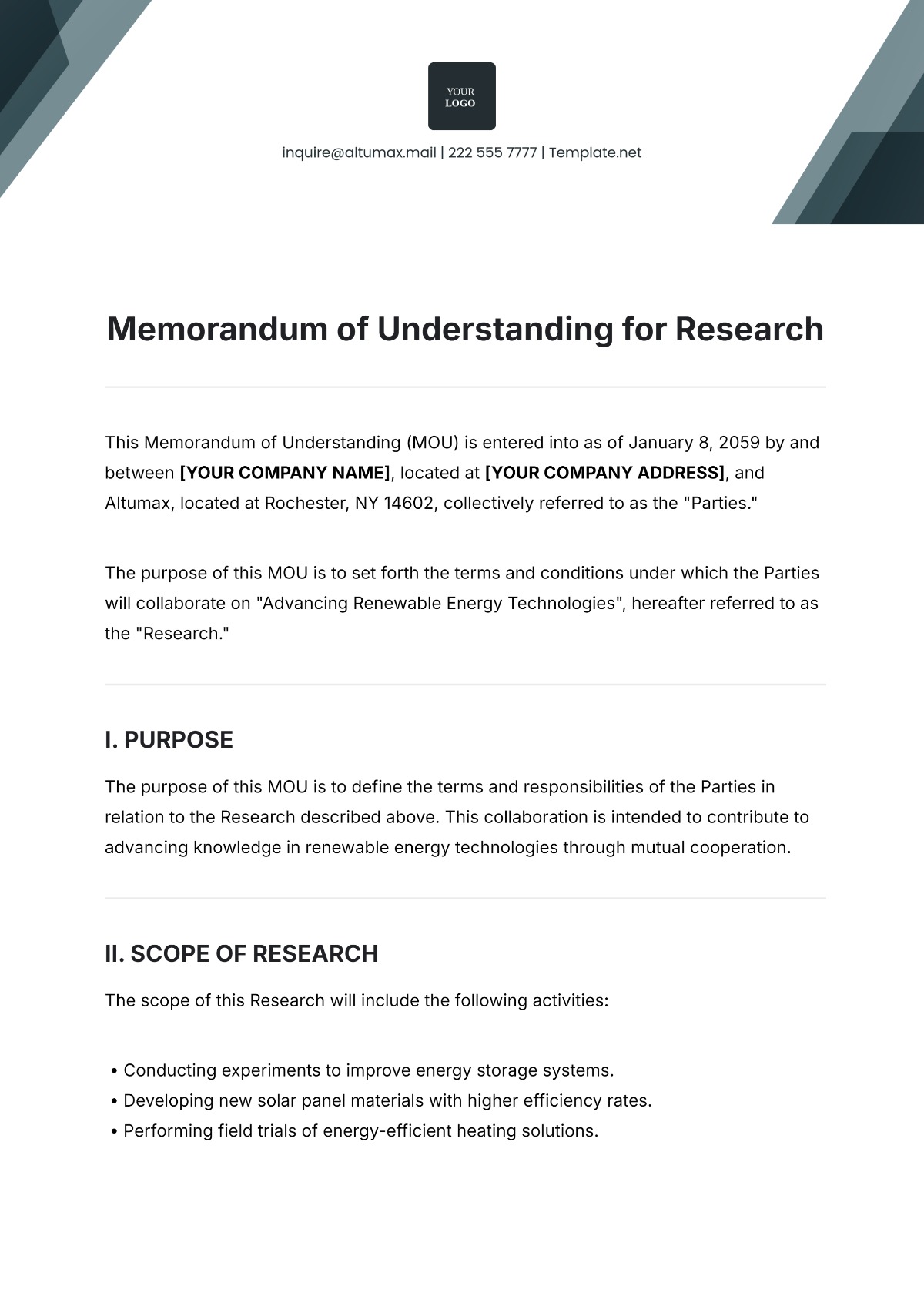Cost Control Qualitative Research
Prepared By: [Your Name]
I. Company Background
Company Name: [Your Company Name]
Industry: Software Development
Location: [Your Company Address]
Employees: 500
Annual Revenue: $100 million
Problem Statement: Despite steady revenue, [Your Company Name] has experienced a 10% increase in operational costs over the past two years. Management is concerned that rising costs are eroding profit margins, necessitating a deeper understanding of the root causes and exploring more effective cost-control strategies.
II. Research Objectives
Understand Organizational Culture: Analyze thoroughly how the Company's organizational culture impacts its cost management strategies and practices.
Assess Employee Attitudes: Assess and scrutinize the different views and actions of employees regarding the adoption and execution of cost-saving strategies in the company.
Evaluate Decision-Making Processes: Analyze and detail the company's cost management decisions, including procedures, departments, personnel, criteria, metrics, and impacts on operations and finances.
Examine Leadership Impact: Analyze how different leadership styles affect the strategies and techniques used for cost control and management in an organization.
Review Communication and Information Flow: Evaluate comprehensively the effectiveness and impact of the strategies and methods employed for communicating information about cost control initiatives.
III. Methodology
3.1 In-depth Interviews with Managers
Participants: 10 managers from various departments (e.g., HR, IT, Marketing, Finance)
Objective: Understand the decision-making processes related to cost control and the role of leadership in these decisions.
Sample Questions:
How does your department make cost decisions?
"How do you involve your team in cost-saving initiatives?"
"What challenges do you face in enforcing cost control measures?"
3.2 Focus Groups with Employees
Participants: 3 focus groups, each with 8-10 employees from different departments.
Objective: Explore employees' attitudes towards cost control and their willingness to engage in cost-saving practices.
Sample Questions:
"How do you perceive the current cost control measures in the company?"
"What motivates or demotivates you to participate in cost-saving initiatives?"
How effectively is cost-saving info shared in the company?
3.3 Case Study Analysis
Subject: Review of a recent cost-cutting initiative in the IT department.
Objective: Evaluate the effectiveness of the initiative and identify lessons learned.
Data Collection: Interviews with the IT department manager and selected team members, analysis of internal reports and memos related to the initiative.
Key Areas of Focus:
The rationale behind the initiative.
The implementation process and employee involvement.
Outcomes and impact on costs.
3.4 Observational Study
Scope: Observe team meetings and decision-making processes in the Finance and HR departments over two weeks.
Objective: Assess how cost control is discussed and prioritized in routine operations.
Focus: Leadership interactions, employee participation, and communication effectiveness.
IV. Findings
4.1 Organizational Culture
The culture at [Your Company Name] is heavily innovation-driven, with a strong emphasis on growth and product development. However, this focus on growth often overshadows cost control efforts, resulting in a lack of prioritization of cost management in daily operations.
4.2 Employee Attitudes
Employees acknowledge the importance of cost control but feel disconnected from the initiatives. Many perceive cost-saving measures as top-down directives without sufficient explanation or involvement, leading to low engagement and participation.
4.3 Decision-Making Processes
Cost-related decisions are frequently made reactively rather than proactively. Managers report that cost control is sometimes compromised by the pressure to meet project deadlines and deliverables, which affects the overall effectiveness of cost-saving measures.
4.4 Leadership Impact
Leadership styles vary significantly across departments. Some managers actively engage their teams in cost-saving efforts, while others focus primarily on short-term goals, resulting in inconsistent application of cost control practices.
4.5 Communication Gaps
There are notable communication gaps between upper management and employees regarding cost control initiatives. Information about cost-saving measures is often unclear, leading to confusion and misalignment across the company.
V. Recommendations
Align Culture with Cost Control: Integrate cost control into the company's core values, emphasizing its importance alongside innovation and growth. Consider implementing a reward system for cost-saving ideas.
Enhance Employee Engagement: Involve employees in cost control initiatives from the planning stage and provide them with the necessary tools and information to contribute effectively.
Proactive Decision-Making: Establish regular cost review meetings and encourage managers to consider long-term cost implications when making decisions.
Leadership Training: Offer leadership training focused on cost control, emphasizing the need to balance cost management with growth objectives.
Improve Communication: Develop a clear communication strategy for cost control initiatives to ensure that all employees understand the goals, processes, and their role in achieving cost savings.
VI. Conclusion
This qualitative research has provided valuable insights into the cultural, behavioral, and procedural factors affecting cost control at [Your Company Name]. By addressing these areas, the company can implement more effective cost-control strategies, leading to improved profitability and sustainable growth.

















































